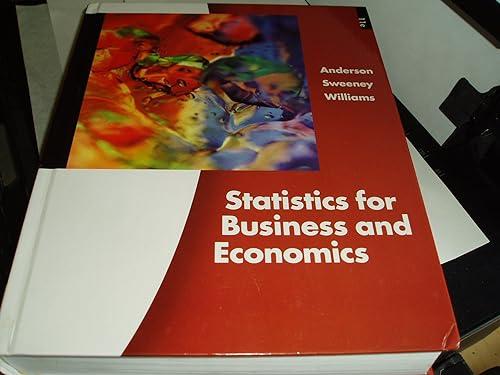A decision maker faced with four decision alternatives and four states of nature develops the following profit
Question:
A decision maker faced with four decision alternatives and four states of nature develops the following profit payoff table.
The decision maker obtains information that enables the following probabilities assessments: P(s1) .5, P(s2) .2, P(s3) .2, and P(s1) .1.
a. Use the expected value approach to determine the optimal solution.
b. Now assume that the entries in the payoff table are costs. Use the expected value approach to determine the optimal decision.
The decision maker obtains information that enables the following probabilities assessments: P(s1) .5, P(s2) .2, P(s3) .2, and P(s1) .1.
a. Use the expected value approach to determine the optimal solution.
b. Now assume that the entries in the payoff table are costs. Use the expected value approach to determine the optimal decision.
a. If the demand probabilities are .2, .5, and .3, which decision alternative will minimize the expected cost of the data processing operation? What is the expected annual cost associated with your recommendation?
b. What is the expected value of perfect information?
Step by Step Answer:

Statistics For Business And Economics
ISBN: 9780324783247
11th Edition
Authors: Thomas A. Williams, Dennis J. Sweeney, David R. Anderson





